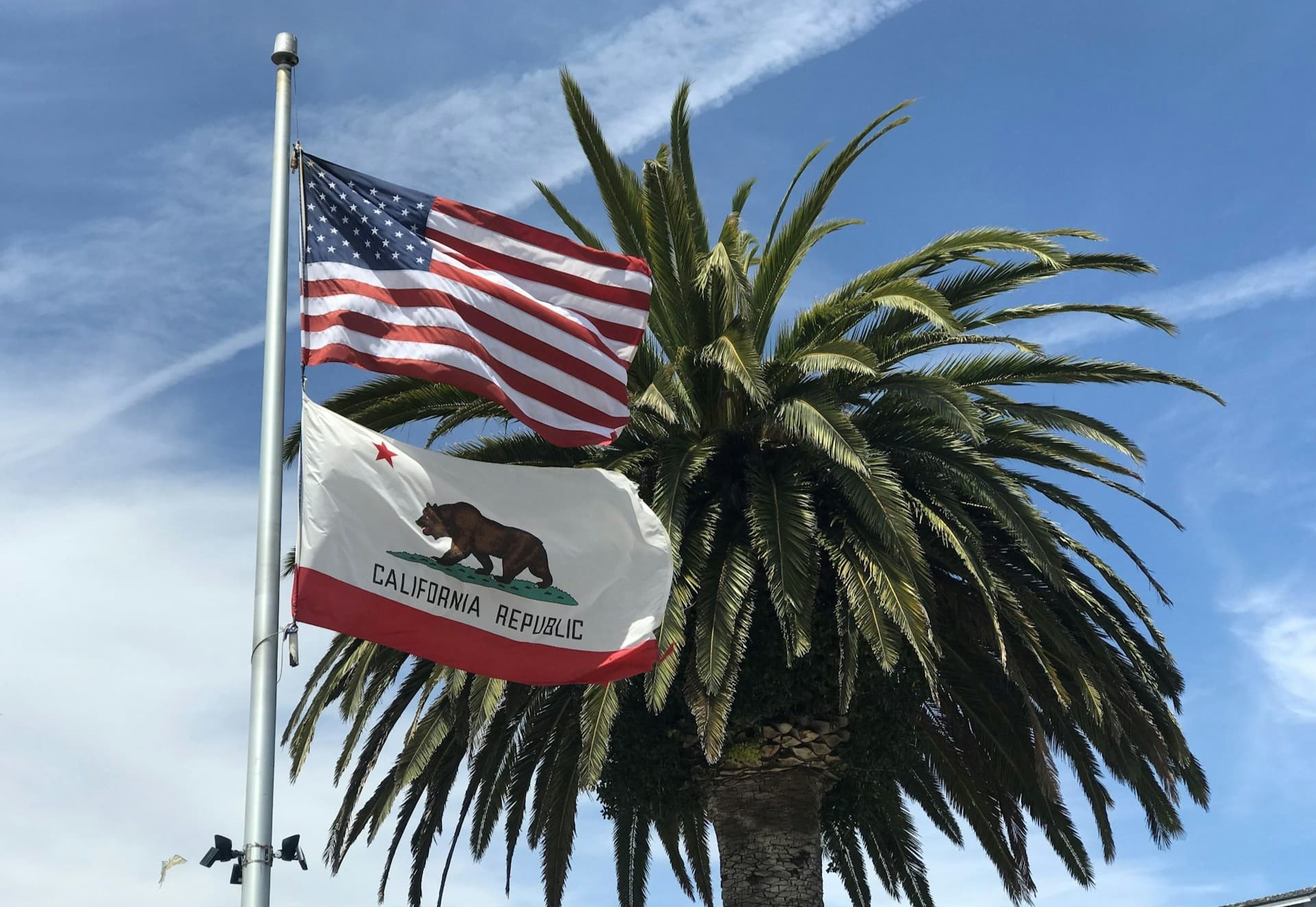Totally Uncool: There's a $10 Billion Problem with California Prisons

When California lawmakers extended indoor heat protections for workers across California last year, unfortunately, they stopped at the prison gate, leaving tens of thousands of correctional officers and thousands of their coworkers to clock in for their shifts in record-breaking heat with no guaranteed safeguards.
Rules that excluded prisons
In July 2024, the Division of Occupational Safety and Health adopted an indoor heat regulation that requires employers to provide drinking water, cooling areas, and active monitoring for signs of heat illness when the temperature reaches 82 degrees. At 87 degrees or higher, or where hot equipment raises temperatures, employers must cool the work site or rotate staff into cooler areas, and workers may take unlimited cool-down breaks.
The Occupational Safety and Health Standards Board initially approved the rule in March 2024, but Governor Gavin Newsom’s administration halted implementation over prison costs.
When the board returned to the issue that July, it finalized a version that excluded correctional facilities, leaving corrections staff without the same rights as other indoor workers.
“Incarcerated workers are also employees under the California labor code,” AnaStacia Nicol Wright, with the worker rights organization WorkSafe, pointed out to NPR at the time. “These workers are at risk of heat exhaustion and dehydration, due to working in often archaic, poorly ventilated buildings with little protection from temperatures.”
Why were prison workers exempted?
Finance and corrections officials declined to release the cost estimates used to justify the carve-out, citing the state’s deliberative process privilege. Officials said only that compliance for prisons could cost billions, while pointing to the scale of current capital projects.
Corrections officials have estimated the costs of cooling California’s prisons at between $10 and $20 billion.
Labor advocates say the carve-out leaves thousands of workers unprotected.
It is a huge concern that prison workplaces are being excluded from the heat standard, leaving not just guards but also nurses, janitors, and many other prison workers across California unprotected,” Wright told CalMatters.
Heat rising in California prisons
California operates the second-largest state prison system in the nation, with about 94,000 people incarcerated. Roughly a quarter of beds lack any cooling.
Among facilities with cooling, 24 percent have mechanical air conditioning, and 52 percent rely on evaporative systems that are less effective in extreme heat. A recent state report identified eight prisons as highly vulnerable to extreme heat and five as vulnerable to wildfire.
State data show that in 2024, at least one prison experienced outdoor temperatures above 90 degrees on 182 days, with 86 days above 90 degrees indoors and 46 days above 95 degrees indoors. Projections indicate some prisons that once had fewer than five extreme-heat days annually could see 24 by mid-century and 41 by 2070.
These conditions affect staff as much as inmates. Officers work full shifts in concrete buildings that trap heat and face disruptions to programs and schedules, which raises operational strain and safety concerns throughout the hottest months.
Mississippi Prison Data Finds Violence in Prisons Goes Up When It’s Hot
Research outside California links higher temperatures with more violence behind bars. A study by Anita Mukherjee and colleagues in the Journal of Health Economics, using daily Mississippi prison data, found violent incidents rose by about 20 percent on hotter days, and the probability of any violence increased by 18 percent. While there is no comparable statewide analysis for California, the findings raise concerns for officer safety as extreme heat days become more common.
A few bright spots
There are a few bright spots. California has spent $246 million in the past five years on cooling improvements at five prisons. An evaporative cooling project at the California Institution for Men in Chino is budgeted at $18 million, and a heating, ventilation, and air conditioning replacement at Ironwood State Prison in Blythe was just completed at a cost $192 million.
A pilot program with limits
A pilot was approved by lawmakers in 2025 to test air conditioning, insulation, and temperature data collection, with a goal of holding indoor areas to 78 degrees. Results are not expected until mid-2029.
According to Climatewire reporting, the Department of Corrections and Rehabilitation sought $23.6 million in fiscal 2026 to start the “air cooling” pilot, but lawmakers, facing a deficit, approved just $17.6 million for fiscal years 2025-26 and $20 million for fiscal years 2026-27. The pilot will evaluate the effectiveness of two alternatives prior to a statewide plan to address high indoor temperatures across the California prison system.
The CDCR has stated that it will closely monitor and evaluate the pilot, using the findings to inform future capital requests and prioritize institutions with the greatest need.
A workforce left waiting
Corrections officers and employees already suffer injuries and illnesses at rates more than three times higher than the workforce average and have the second-highest rate of job-related injuries requiring time away from work. Those risks are compounded by common conditions such as hypertension and heart disease that make heat more dangerous.
Until correctional staff are included in California’s heat protections, they will continue to manage rising temperatures with aging infrastructure, inconsistent protocols, and limited relief, even as summers grow hotter and emergencies become more frequent.
 Cara Brown McCormick
Cara Brown McCormick






